Vietnam Airlines, one of the prominent carriers in the Southeast Asian region, has recently issued a Request for Proposals (RFP) for the wet-lease of four aircraft to address the impending peak summer demand. However, this move comes amidst a backdrop of operational challenges stemming from fleet shortages and engine issues, prompting concerns within the aviation industry and regulatory bodies.
Current Situation
Fleet Composition and Inactive Aircraft
Vietnam Airlines operates a diverse fleet consisting of 101 aircraft, encompassing various models including Airbus A321-200s, A350-900s, Boeing 787-10s and 787-9s, as well as ATR72-500s operated by its subsidiary VASCO. However, 22 aircraft are currently inactive, with notable proportions affected by Pratt & Whitney engine issues. Specifically, nine A321neo aircraft are sidelined due to engine problems, accounting for approximately 20% of the carrier's fleet. CEO Le Hong Ha has indicated that these aircraft could remain out of service for up to 300 days, significantly impacting operational capacity.
Regulatory Pressures and Industry Challenges
The Ministry of Transport in Vietnam has urged domestic carriers, including Vietnam Airlines, VietJetAir, and Bamboo Airways, to devise fleet backup plans to mitigate potential disruptions and enhance service quality. This directive comes amidst concerns raised by the Civil Aviation Authority of Vietnam (CAAV) regarding a severe shortage of aircraft. The CAAV has highlighted that 42 aircraft will undergo mandatory engine inspections this year, further exacerbating the strain on operational capabilities.
Implications and Response
Summer Demand and Lease Requirements
With peak summer travel anticipated, Vietnam Airlines' decision to seek the wet-lease of four aircraft underscores the urgency to address capacity constraints. The exact specifications of the leased aircraft, including type and seating capacity, have not been disclosed by the carrier. However, the tentative start date of June 1, 2024, signals the immediacy of the requirement to bolster fleet strength during the high-demand season.
Operational Resilience and Service Continuity
Amidst the backdrop of fleet challenges and regulatory pressures, Vietnam Airlines faces the imperative of ensuring operational resilience and service continuity. The need to balance passenger demand with fleet availability poses a complex logistical and strategic challenge for the carrier. Moreover, the ongoing engine issues further underscore the importance of proactive maintenance measures and contingency planning to minimize disruptions and uphold safety standards.
Conclusion
Vietnam Airlines' pursuit of aircraft leases in the face of fleet shortages and regulatory pressures reflects the dynamic landscape of the aviation industry. As the carrier navigates the complexities of peak summer demand and operational constraints, strategic decision-making and collaborative efforts with regulatory authorities will be pivotal in ensuring service excellence and passenger satisfaction. In the ever-evolving aviation ecosystem, adaptability and responsiveness emerge as critical imperatives for sustainable growth and resilience.
With Inputs from ch-aviation
Read next
JetSetGo, the premier charter aviation company, is poised for a significant expansion that will reshape the private aviation landscape in India. With a vision set on acquiring new aircraft and pioneering electric Vertical Take-Off and Landing (eVTOL) technology, JetSetGo is primed to soar to new heights.
Fueling Growth with Strategic Investments
JetSetGo is embarking on an ambitious journey, aiming to secure USD 900 million in funding to acquire 12 new mid-sized twin-engine aircraft. This move comes in response to evolving customer preferences, with a growing demand for larger aircraft among JetSetGo's discerning clientele. The company's founder and CEO, Kanika Tekriwal, revealed plans to finance these acquisitions through a blend of debt, equity, and customer funding, highlighting the company's commitment to prudent financial management.
Expanding Fleet and Services
The charter specialist anticipates the arrival of its new aircraft starting in the final quarter of 2024, at a rate of four planes per year. This strategic expansion will augment JetSetGo's existing fleet, which currently comprises a diverse range of 11 aircraft, including prominent models such as the Hawker Beechcraft 800XPs, Cessna CJ2, and Gulfstream G200. By bolstering its fleet capabilities, JetSetGo aims to enhance its service offerings and cater to a broader spectrum of travel needs.
Venturing into the Future with eVTOL Technology
JetSetGo's forward-thinking approach extends beyond conventional aircraft acquisitions, as the company sets its sights on the revolutionary realm of electric Vertical Take-Off and Landing (eVTOL) technology. In collaboration with industry pioneers Horizon Aircraft, Electra.aero, and Overair, JetSetGo has inked a landmark deal valued at USD 780 million to acquire 150 eVTOLs. This groundbreaking initiative reflects JetSetGo's commitment to innovation and sustainability, paving the way for eco-friendly air travel solutions in the Indian market.
Connecting Communities with Next-Generation Mobility
The deployment of eVTOL aircraft heralds a new era of accessibility and connectivity, enabling JetSetGo to extend its reach to smaller secondary and tertiary cities across India. By leveraging eVTOL technology, JetSetGo aims to cater to high-net-worth individuals residing outside major metropolitan hubs, unlocking unprecedented travel possibilities and fostering economic development in underserved regions.
Looking Ahead: IPO and Beyond
In addition to its expansion endeavors, JetSetGo is eyeing a potential initial public offering (IPO) in 2027 or 2028, signaling its long-term commitment to sustainable growth and shareholder value creation. As JetSetGo continues to chart its course towards the future, the company remains steadfast in its mission to redefine the aviation landscape, delivering unparalleled luxury, convenience, and innovation to its esteemed clientele.
Conclusion
JetSetGo's strategic investments in aircraft acquisition and eVTOL technology underscore its unwavering dedication to pioneering the future of private aviation in India. With a commitment to excellence, innovation, and sustainability, JetSetGo is poised to elevate the flying experience and reshape the way we traverse the skies. As the company prepares to embark on its next chapter of growth, the possibilities are limitless, and the journey ahead promises to be nothing short of extraordinary.
With Inputs from ch-aviation
Read next
The Canadian Airbus A220 assembly plant in Mirabel, Quebec, finds itself embroiled in labor disputes as workers have rejected a second company offer, raising questions about the future of the money-losing jet. With 99% of the workers voting against the proposal, concerns mount over production amidst a broader wave of airline orders amid the post-COVID travel rebound.
Rejected Offer and Worker Concerns
Despite efforts by Airbus to secure a deal, the International Association of Machinists and Aerospace Workers union reports dissatisfaction among its members regarding wages and working conditions. The rejection of the offer, involving approximately 1,300 workers, signals a deep-seated frustration within the workforce.
Airbus' Commitment and Financial Constraints
While Airbus expresses commitment to negotiations, a significant gap remains between the union's demands and the A220's financial viability. The aircraft, yet to reach breakeven, faces financial challenges exacerbated by the pandemic's impact on the aviation industry. Airbus highlights the need for a balanced agreement considering the current financial capacity of the A220.
Productivity Concerns and Supply Chain Challenges
Labor disputes have impacted productivity, with pressure tactics from the union contributing to a slowdown in operations. Additionally, supply chain disruptions add further strain to the assembly process, complicating efforts to meet production targets amidst heightened demand for the A220.
Future Prospects and Negotiation Path
As talks are set to resume, both Airbus and the union face the challenge of bridging the gap between worker demands and financial realities. The outcome of negotiations holds significant implications not only for the Mirabel facility but also for the broader Airbus A220 program and the aviation industry as a whole.
Conclusion
The rejection of the second company offer by Canadian Airbus A220 assembly workers underscores the complexities surrounding labor relations and production challenges in the aviation sector. As negotiations continue, finding common ground between worker demands and financial constraints remains paramount for ensuring the future viability of the A220 program and sustaining operations at the Mirabel facility.
With Inputs from Reuters
Read next
India, one of the major air navigation service providers in the Asia-Pacific region, is embarking on a significant endeavor to revolutionize its airspace management. The plan involves integrating its four Flight Information Regions (FIRs) into a single continuous airspace centered around Nagpur. But can Nagpur truly be the linchpin for this ambitious transformation?
Enhancing Efficiency and Safety
The initiative aims to streamline air traffic management (ATM) operations, enhance safety measures, and reduce environmental impact. By unifying the FIRs into one seamless airspace, India anticipates benefits such as reduced separations between flights, more fuel-efficient flight paths, and optimal manpower utilization. This consolidation not only enhances efficiency but also ensures a safer and more sustainable airspace.
Challenges and Strategies
India's airspace faces various challenges including safety concerns, airspace capacity limitations, and environmental impacts. To address these challenges, the country has implemented strategies such as Performance-Based Navigation (PBN), Upper Airspace harmonization, and Air Traffic Management (ATM) automation. With extensive experience gained from harmonizing upper airspace in Chennai and Kolkata FIRs, India is now poised to implement the Single Sky Harmonized ATM with a standby Disaster Recovery System located in Nagpur.
Feasibility and Implementation
Implementing the Indian Single Sky Harmonized ATM at Nagpur (ISHAN) requires a comprehensive understanding of current and projected air traffic growth as well as the challenges associated with managing increased air traffic. To achieve this, a detailed feasibility study is underway, with plans to seek technical cooperation and guidance from renowned international organizations and Air Navigation Service Providers (ANSPs) experienced in Single Sky Harmonized ATM.
Stepping Stone for Future Developments
The unification of FIRs and the establishment of ISHAN could serve as a pivotal milestone for India's airspace and ATM infrastructure. It lays the foundation for developing a sophisticated yet efficient airspace management system that aligns with global standards and best practices.
Conclusion
As India moves forward with its plan to centralize airspace management in Nagpur, the question arises: Can Nagpur be the key to unlocking the full potential of India's airspace? With careful planning, collaboration with international experts, and a commitment to leveraging cutting-edge technologies, Nagpur has the potential to become the nerve center of India's aviation landscape, ushering in a new era of efficiency, safety, and sustainability in airspace management.
With Inputs from Money Control
Read next
In a strategic move to revitalize its fleet, ITA Airways, Italy's national carrier, has taken significant strides by incorporating four cutting-edge Airbus aircraft into its operations within a week. The initiative marks a pivotal moment in the airline's ongoing aircraft renewal program, signaling its commitment to modernization and sustainability.
Fleet Enhancement & Composition
Based at Rome Fiumicino Airport (FCO), ITA Airways has replaced aging Airbus jets with four new-generation aircraft, comprising a diverse range to cater to different operational requirements. The additions include an A330-900 wide-body, now under ITA's ownership, alongside three narrow-body aircraft: an A321neo, an A320neo, and an A220-100, all secured through long-term lease agreements.
With this latest expansion, ITA Airways proudly announces that over 50% of its fleet, totaling 44 out of 87 jets, now consists of new-generation aircraft. This fleet rejuvenation effort has notably reduced the average age of ITA's aircraft from 12.5 to 8.4 years in just over two years, underscoring the airline's commitment to operational efficiency and passenger experience.
Future Growth Prospects & Strategic Vision
Looking ahead, ITA Airways is poised for further expansion in 2024, with plans to integrate 26 additional aircraft into its fleet by the year's end, bringing the total count to 96 jets. Significantly, 67% of these new acquisitions will be part of the new-generation lineup, a testament to ITA's forward-thinking approach in embracing advanced aviation technology.
Francesco Presicce, ITA Airways' Accountable Manager and Chief Technology Officer, emphasizes the significance of fleet investment as a cornerstone of the airline's strategic vision. He highlights the achievement of incorporating four new-generation Airbus aircraft in a single week as a testament to ITA's commitment to growth and excellence in aviation.
Sustainability Drive & Industry Leadership
ITA Airways' fleet modernization efforts align closely with its sustainability objectives. As the airline aspires to become Europe's leading eco-friendly carrier, it aims to have 90% of its fleet operating with environmentally friendly technologies. This ambitious initiative is expected to reduce fuel consumption by 25%, in line with ITA's 2023-2027 Strategic Plan.
The fleet comprises a diverse array of Airbus planes, reflecting its commitment to versatility and performance. With a fleet that includes models from the A220 to the A350 XWB family, ITA Airways is well-positioned to cater to a wide range of routes and passenger preferences, solidifying its standing as a leader in the European aviation landscape.
Conclusion
In summary, ITA Airways' recent fleet enhancement underscores its proactive approach to modernization and sustainability. With a robust fleet comprising state-of-the-art Airbus aircraft, the airline is poised for continued growth and excellence in serving passengers while reducing its environmental footprint. As ITA Airways continues to elevate its operations, passengers can expect an enhanced travel experience that combines cutting-edge technology with a commitment to sustainability.
Read next
In the dynamic landscape of global aviation, identifying the epicenter of this thriving industry can be a contentious task. While various regions have vied for this distinction over time, the Asia-Pacific region has emerged as a frontrunner, driven by substantial demand, particularly propelled by the resurgence of major Chinese carriers. However, amidst this global competition, one individual entity, Turkish Airlines, has been steadily carving its path to dominance.
Istanbul: The Nexus of Aviation
Nestled at the crossroads of Asia and Europe, Istanbul stands as a pivotal hub for international air travel. With its strategic location, the city serves as a natural conduit for passengers and cargo alike. At the heart of Istanbul's aviation dominance lies Turkish Airlines, the flag carrier of Turkey and one of the most globally connected airlines in the world.
Turkish Airlines: A Trailblazer in Ambition and Connectivity
Turkish Airlines' ascendancy to the forefront of commercial aviation is underscored by its remarkable growth trajectory. In 2023, the airline shattered records by carrying a staggering 83.4 million passengers, marking a 16% increase compared to the previous year. This feat not only surpassed its previous high but also outpaced industry peers in capacity expansion.
Navigating Through Turbulent Times, Financial Fortitude and Operational Excellence
Amidst the challenging backdrop of the COVID-19 pandemic, Turkish Airlines exhibited resilience and agility. Leveraging its extensive flight network and a highly skilled workforce, the airline managed to navigate through turbulent times, surpassing pre-pandemic capacity levels by an impressive 27%.
The financial prowess of Turkish Airlines is equally commendable. In 2023, the airline reported revenue of $20.94 billion, with an operating profit of $2.86 billion. Furthermore, astute investment activities bolstered the total operating profit to $3.96 billion, culminating in a net profit of $6 billion.
Cargo Capabilities, Global Reach and Ambitious Goals
Turkish Airlines' dominance extends beyond passenger services, as it emerges as one of the world's leading air cargo operators. With a fleet comprising 24 freighters and 416 passenger aircraft, the airline significantly augmented its freight ton kilometers by 16% compared to pre-pandemic levels.
Buoyed by its resounding success, Turkish Airlines has set ambitious targets for the future. The airline aims to expand its fleet to a staggering 800 aircraft by 2033, adding 360 net aircraft over the next decade. Additionally, Turkish Airlines envisions boosting its revenue to over $50 billion by 2033, with a projected passenger count surpassing 170 million.
Aircraft Fleet and Expansion Plans
Turkish Airlines' ambitious expansion plans are underscored by its diverse and modern fleet. The airline's fleet includes a mix of Airbus and Boeing aircraft, catering to both short and long-haul routes. Notably, Turkish Airlines has committed to incorporating cutting-edge Airbus A350s and Boeing 787-9 Dreamliners into its fleet, ensuring operational efficiency and passenger comfort.
Conclusion: A Force to be Reckoned With
As Turkish Airlines charts its course towards 2033, its trajectory seems set to redefine the global aviation landscape. With a strategic hub in Istanbul, a relentless pursuit of innovation, and ambitious growth targets, Turkish Airlines is poised to solidify its position as a dominant force in the skies. As the world eagerly watches its ascent, one cannot help but wonder: Is Turkish Airlines on the brink of revolutionizing global aviation?

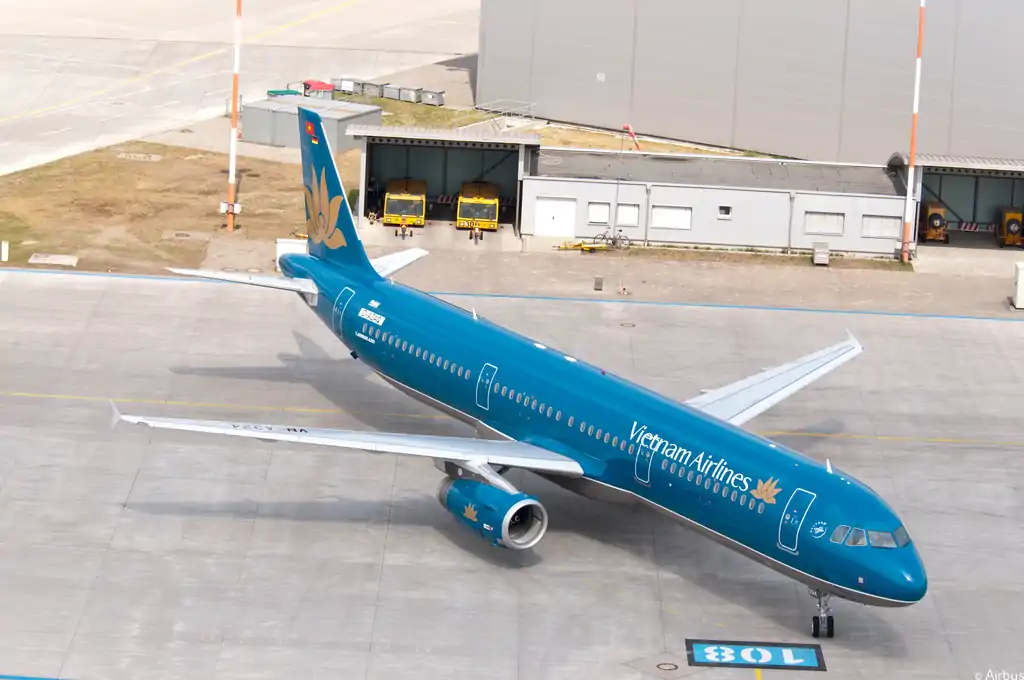
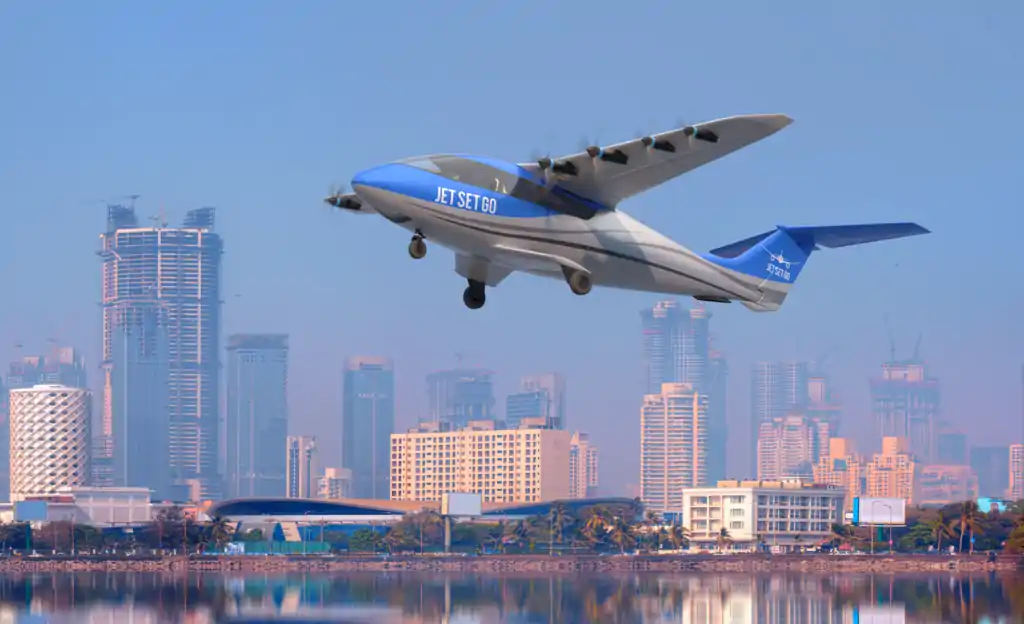
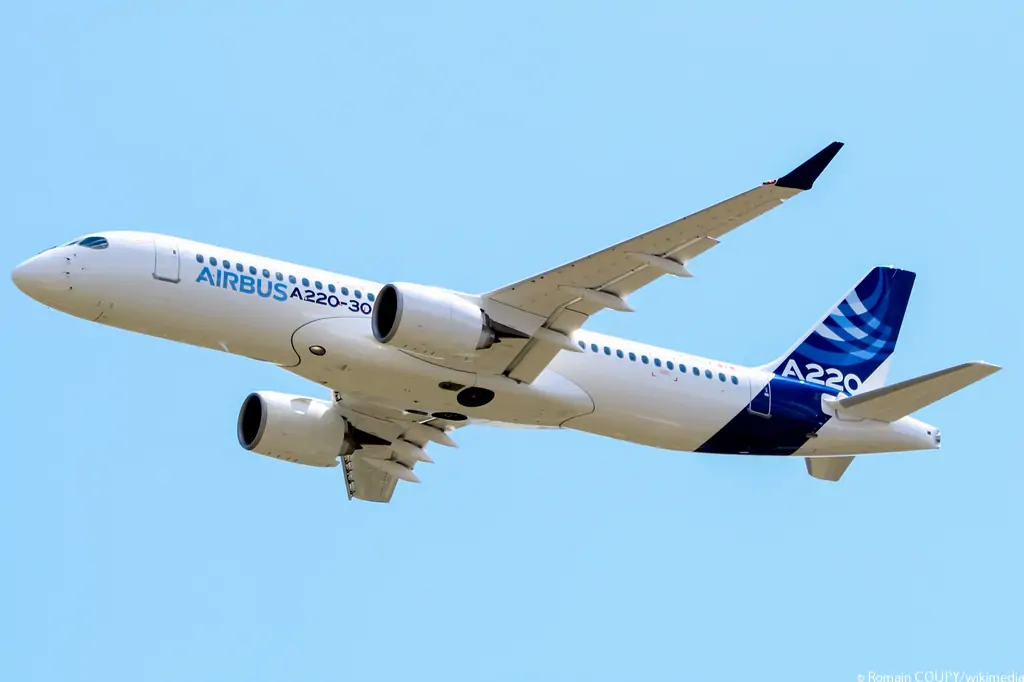

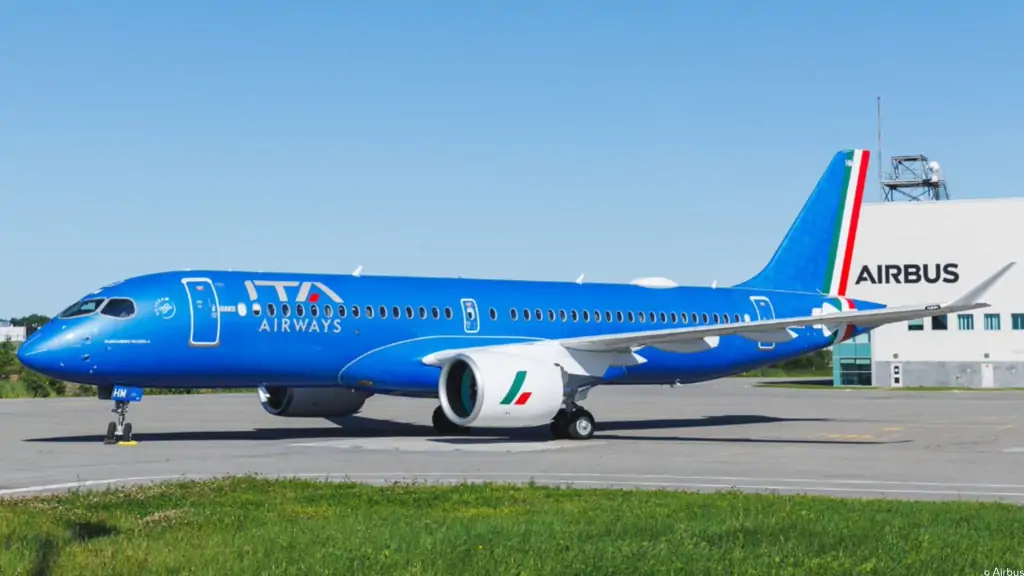
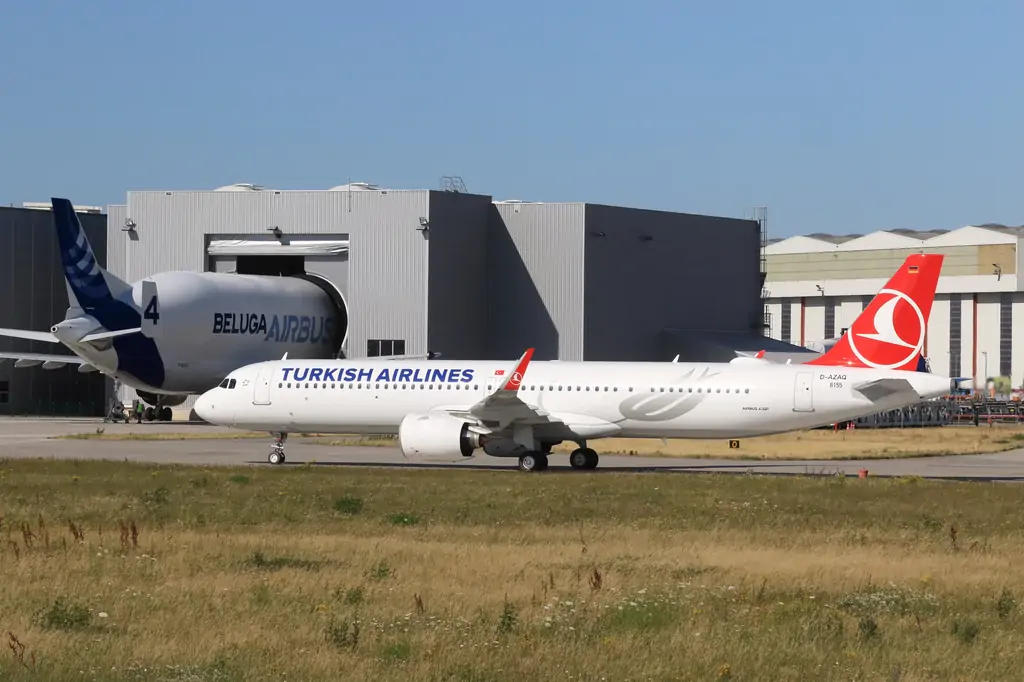
Comment